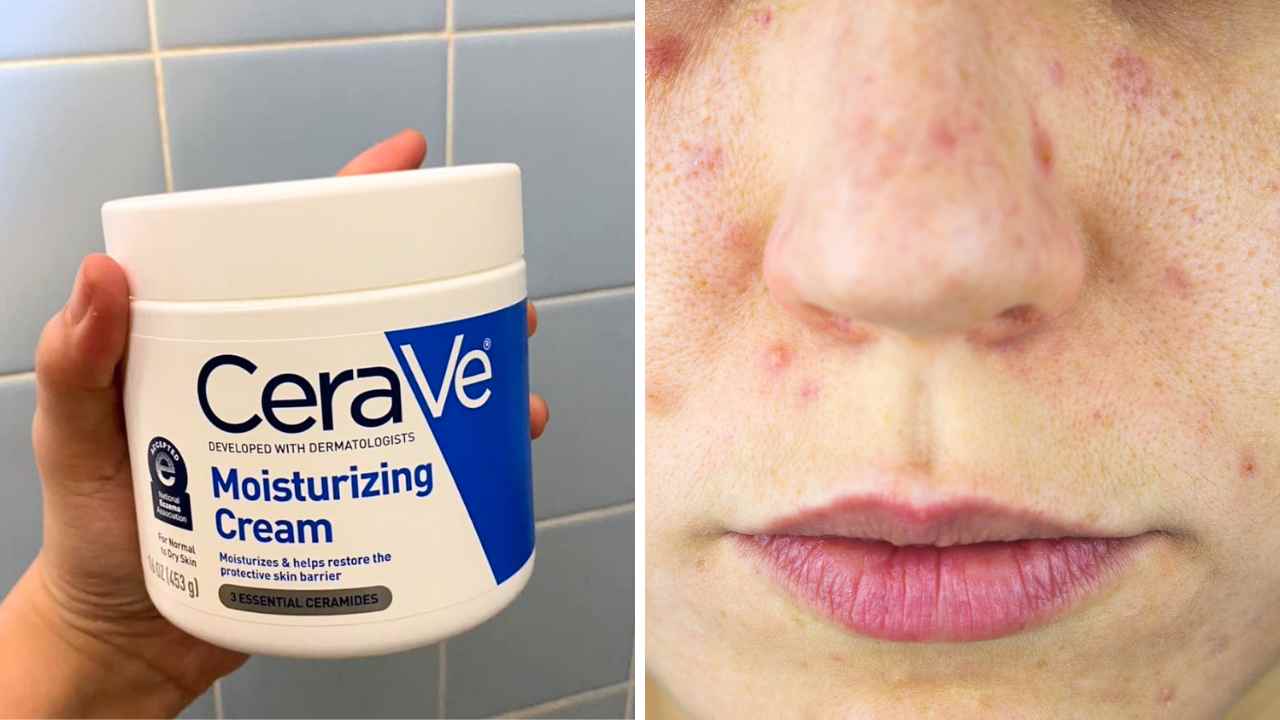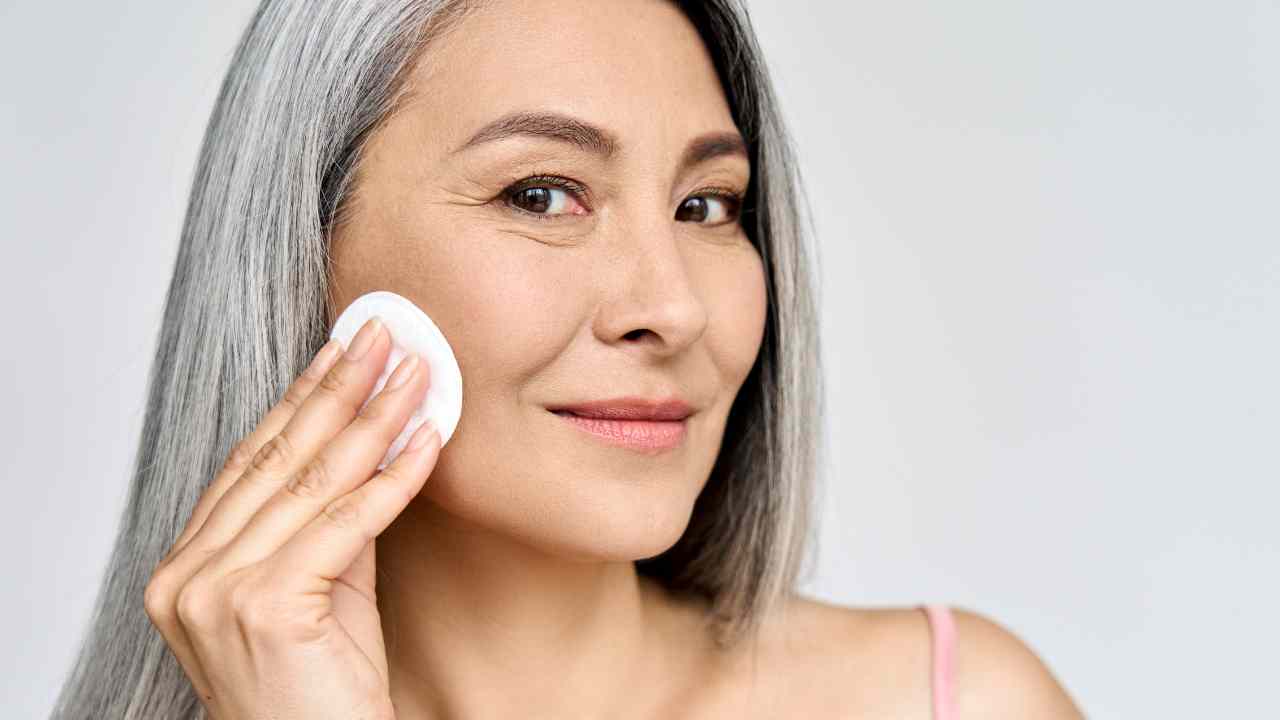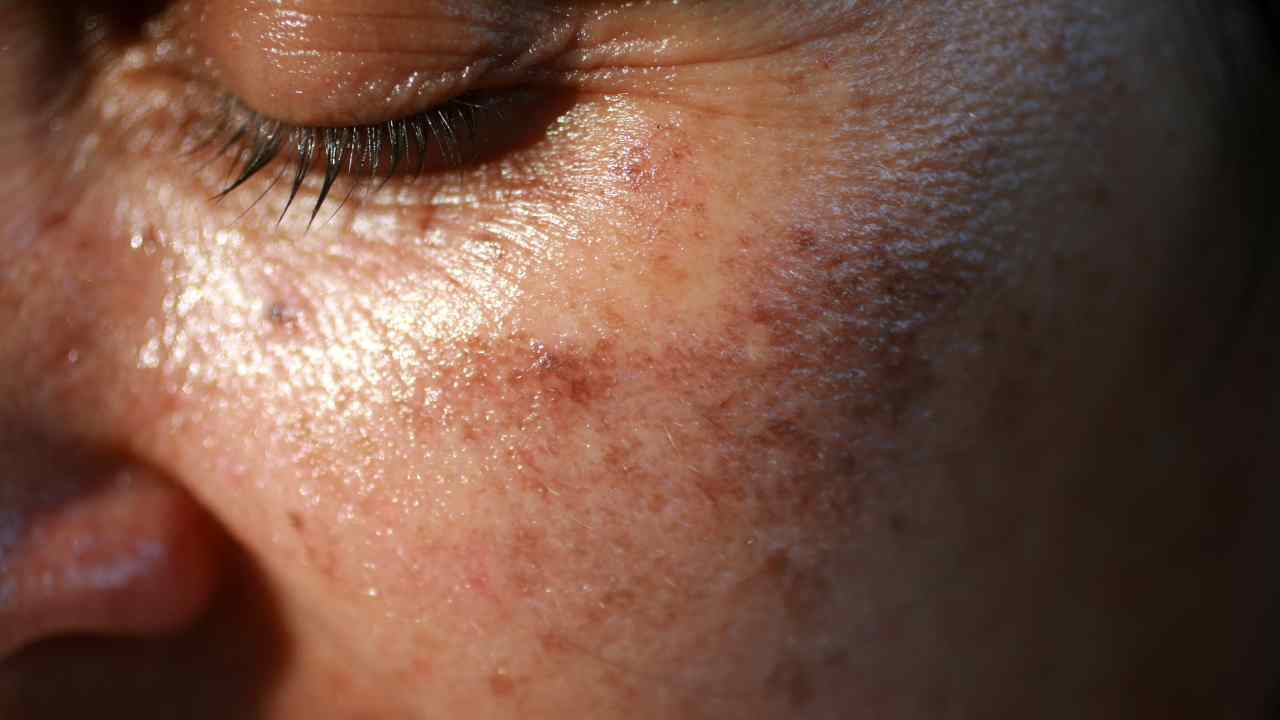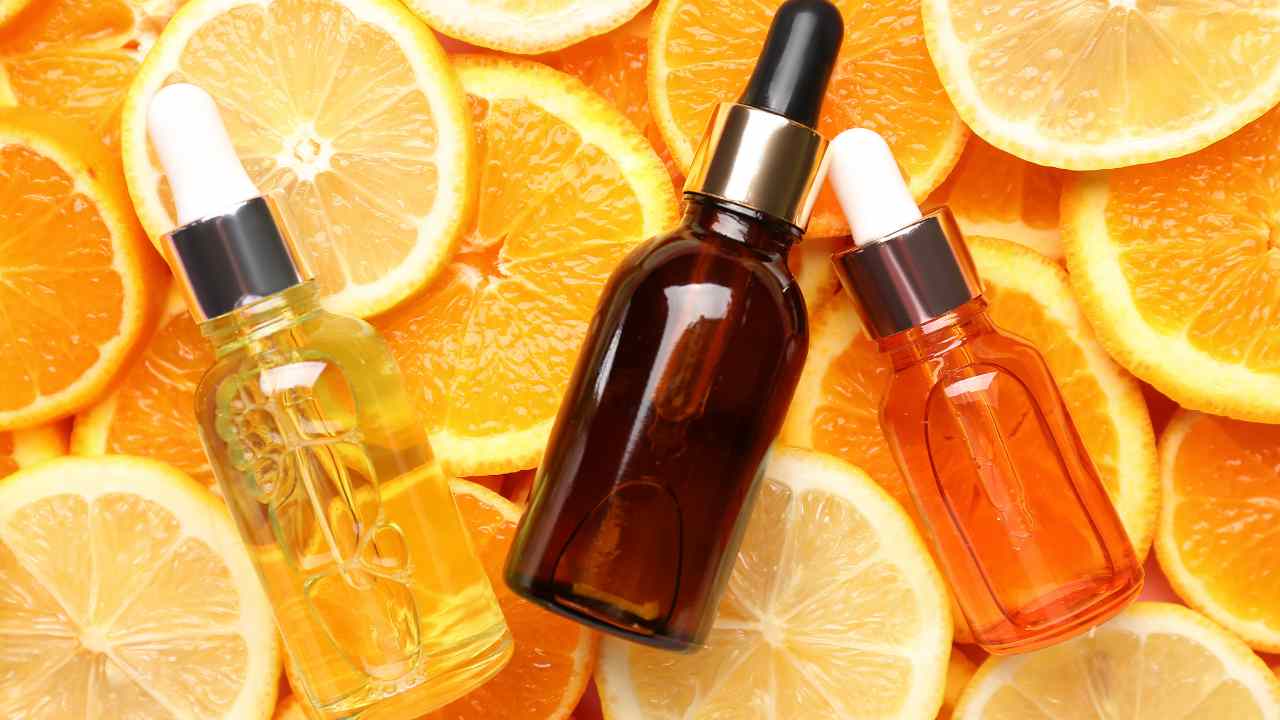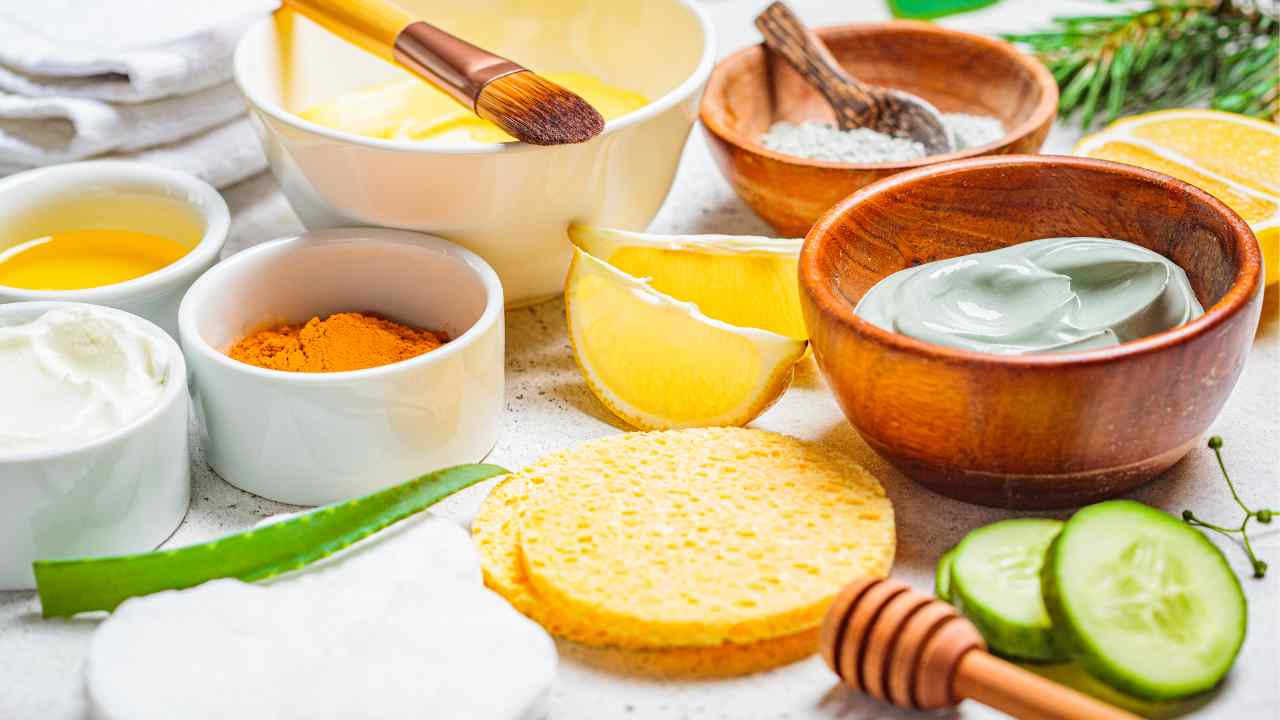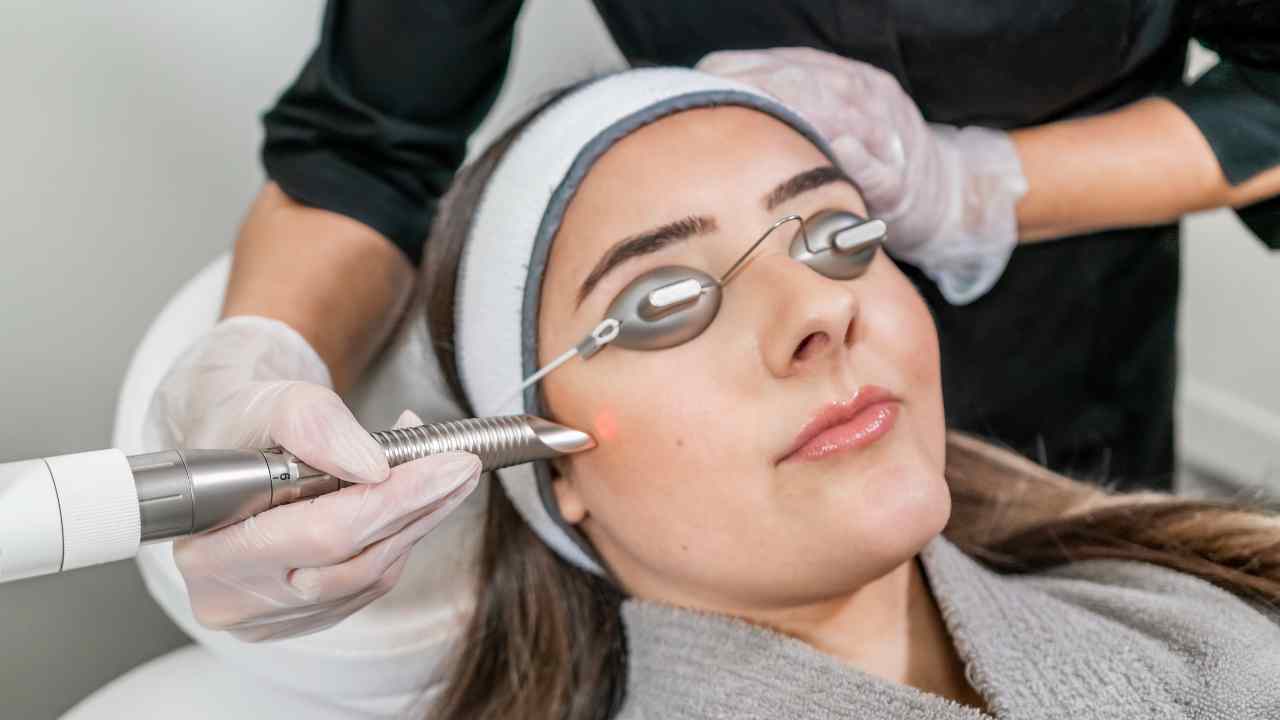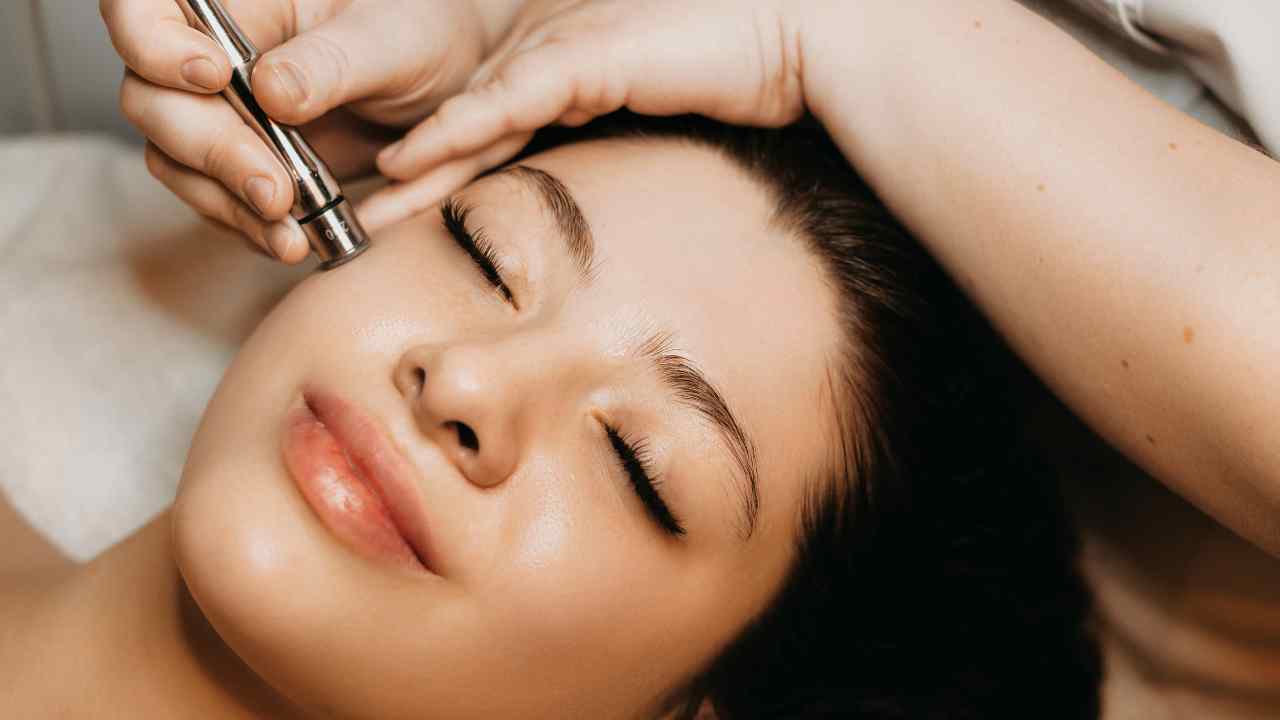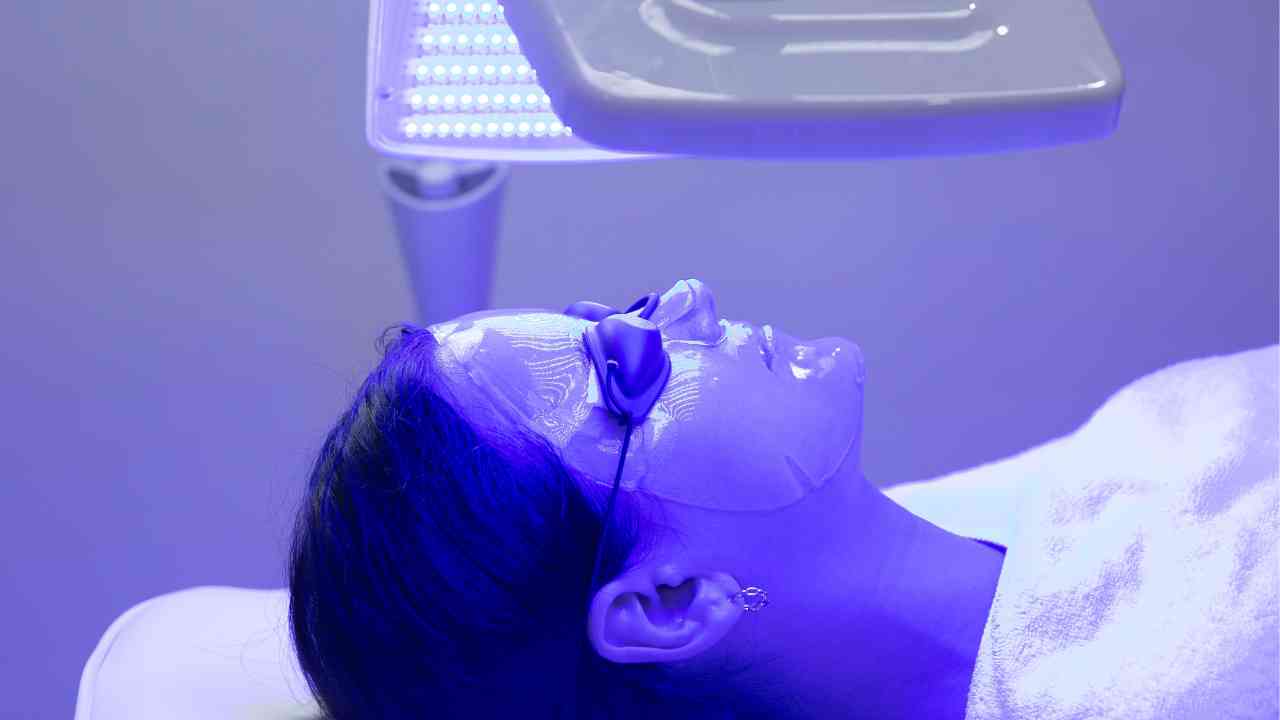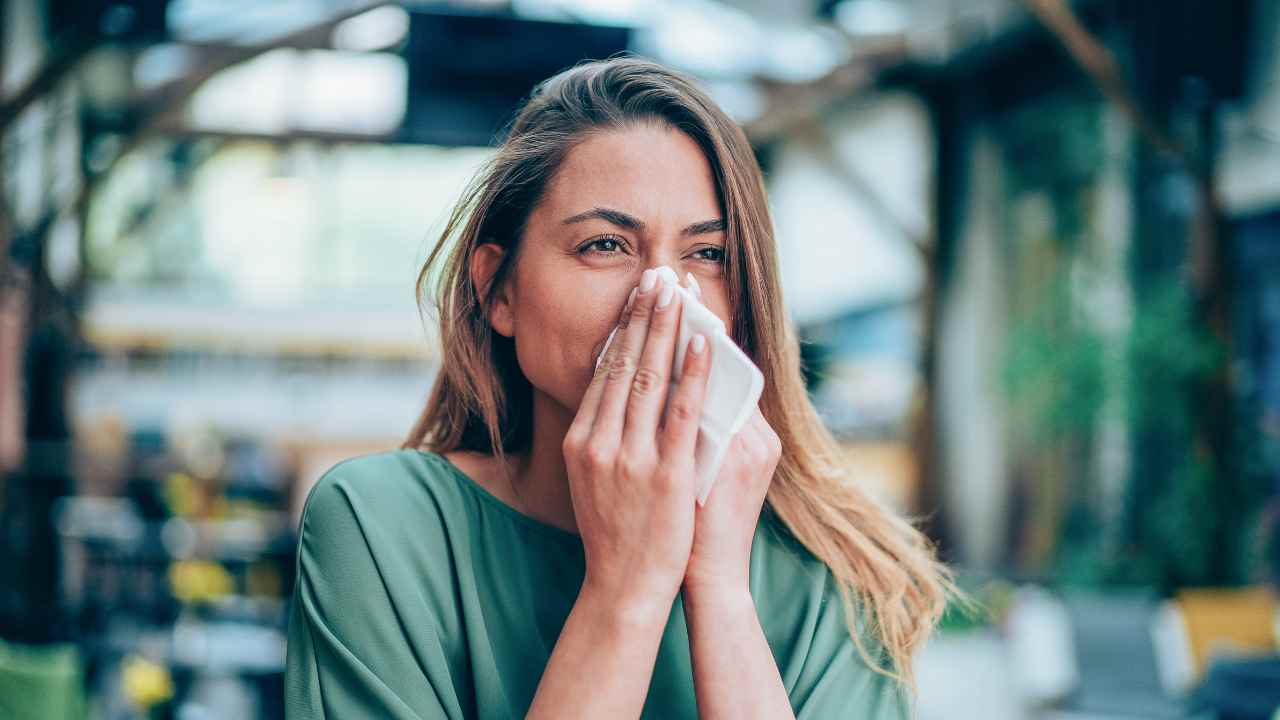
Pollen Wars: Can Seasonal Allergies Cause Skin Breakouts?
Ah, spring—the season of blooming flowers, chirping birds, and...cue the ominous music - seasonal allergies!
If you're one of the unlucky souls who suffer from allergy symptoms, the sneezing, itching, runny nose and all-around hay fever madness, you know the struggle is real. But wait, there's more!
As if the constant nasal symphony wasn't enough, some of us also have to deal with a not-so-pleasant bonus feature—skin breakouts! What's up with that, Mother Nature?
Today, my fellow pollen warriors, we embark on a journey to unmask the sneaky culprits behind those surprise pimples and answer the burning question - Can seasonal allergies really cause skin breakouts?
Let's dive in and get to the bottom of this pollen puzzle. But first, what causes allergies in the first place?
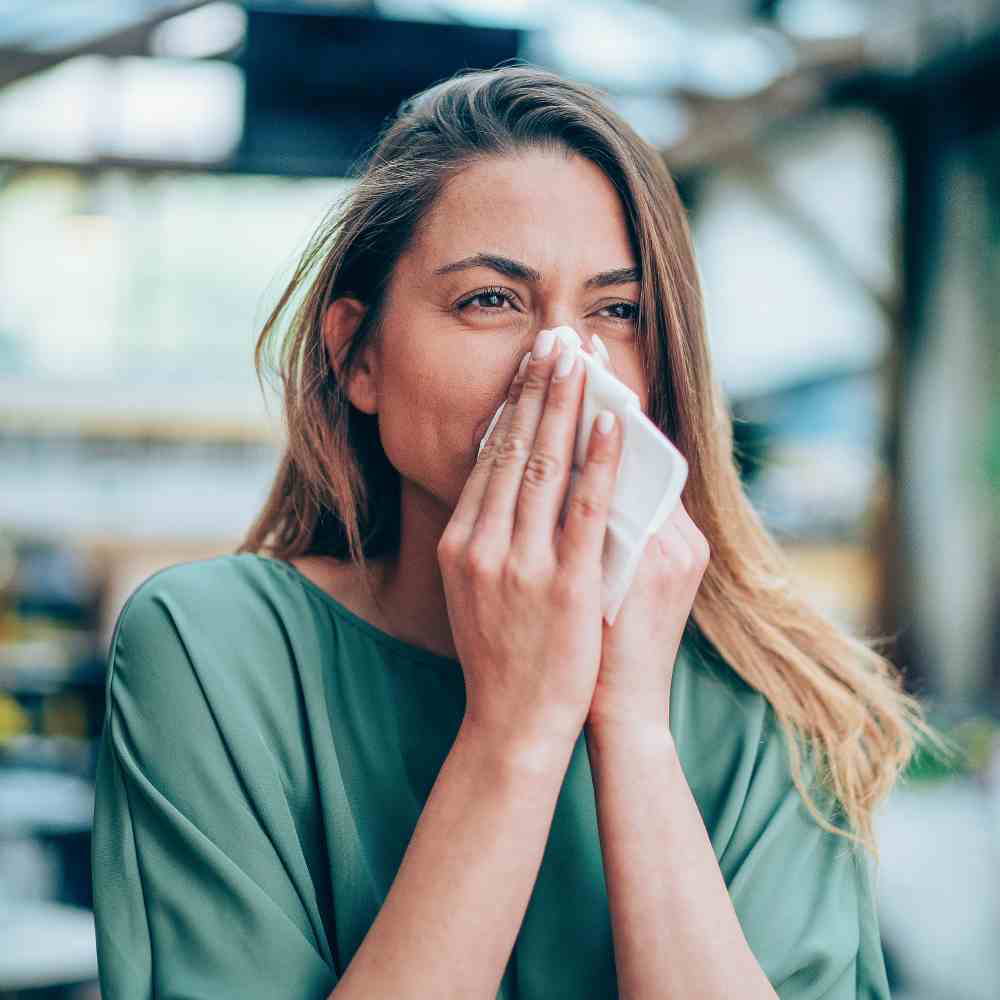
What Causes Seasonal Allergies?
Seasonal allergies, also known as hay fever or allergic rhinitis, occur when the immune system overreacts to certain allergens present in the environment during specific times of the year.
The most common triggers for allergies are pollen from trees, grasses, and weeds. When these allergens are inhaled or come into contact with the eyes or skin, they can trigger an allergic response in susceptible individuals.
The immune system's primary role is to protect the body from harmful substances like bacteria and viruses.
However, in people with allergies, the immune system identifies harmless pollen particles as dangerous invaders and releases histamines and other chemicals to defend against them.
These chemicals cause inflammation of the mucous membranes in the nose, eyes, and throat, leading to the classic symptoms of seasonal allergies, such as sneezing, runny nose, itchy eyes, severely itchy skin and congestion.
The timing of allergies is closely linked to the flowering and pollination cycles of specific plants.
Tree pollen is a common culprit in early spring, while grass pollen tends to peak during late spring and early summer. Weed pollen is prevalent in late summer and fall.
Aside from pollen, other allergens can trigger seasonal allergies. Mold spores thrive in damp and humid conditions and are more common during the spring and fall.
Additionally, some people may experience allergies to pet dander, dust mites, or indoor molds year-round, while others might notice an exacerbation of their symptoms during certain seasons.
Genetics also play a significant role in the development of allergies. If one or both parents have allergies, there is an increased likelihood that their children will also experience allergic reactions to environmental triggers.
Climate and weather conditions can further impact the severity of allergies. Warm and windy weather can facilitate the spread of pollen, leading to a higher allergen concentration in the air. Rain can temporarily wash away pollen, providing some relief for allergy sufferers.
While seasonal allergies are usually not life-threatening, they can significantly impact a person's quality of life, causing discomfort, fatigue, and even interfering with daily activities.
Over-the-counter antihistamines, decongestants, and nasal corticosteroids are commonly used to alleviate symptoms.
In severe cases, an allergist may recommend immunotherapy, which involves exposing the individual to small amounts of allergens over time to build tolerance and reduce allergic reactions.
Whew! Enough about what causes allergies, let's talk about how they could invade your skin barrier and ruin your spotless skin!
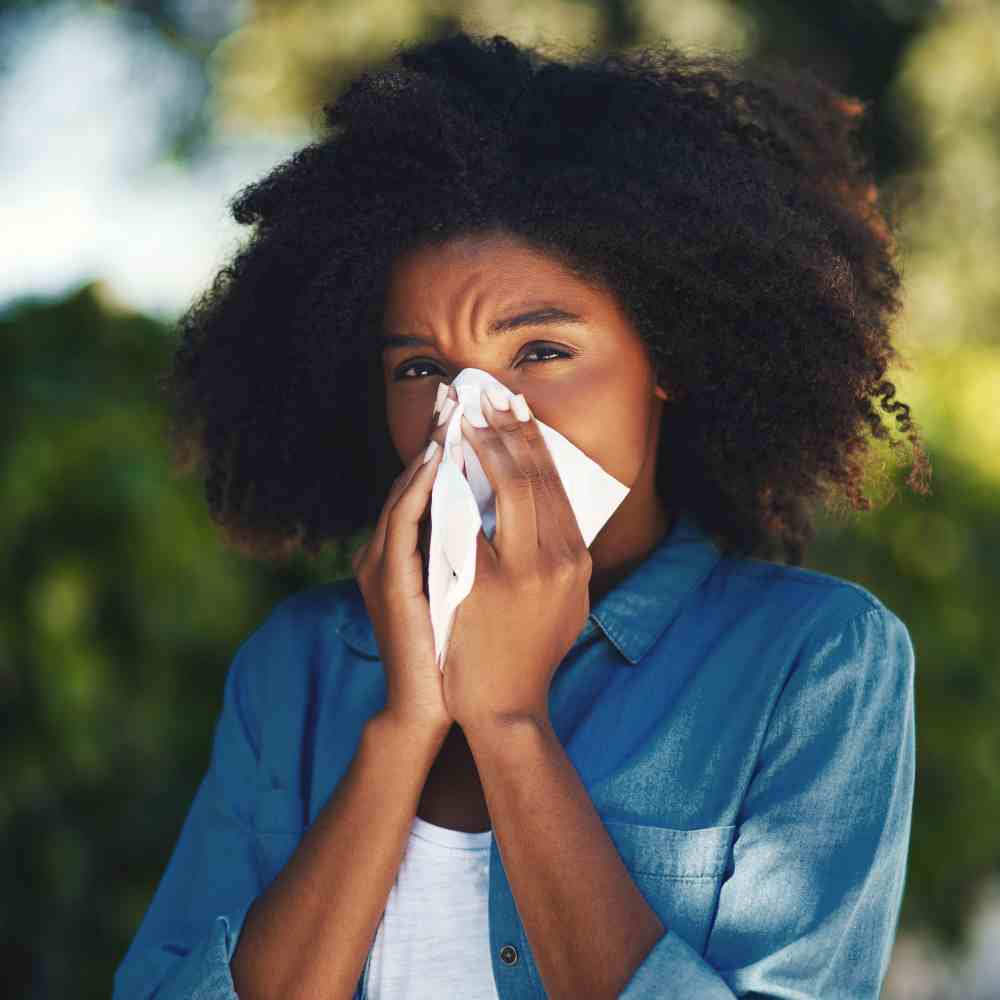
Allergy Central: Pollen Invasion!
Picture this: the sun is shining, the birds are singing, and pollen is floating through the air like tiny yellow fairies on a mission to make us sneeze.
But while your sinuses are throwing a hay fever party, some of those pesky pollen particles might be making a pit stop on your skin.
Oh yes, those unwanted guests love to crash the pimple-free zone on your face, causing all sorts of trouble, including skin irritation.
The Inflammation Conundrum
As mentioned above, when allergies strike, your immune system goes into superhero mode to fight off the allergens trying to invade your body.
But, like a hyperactive security guard, sometimes it takes its job a little too seriously and protect your body just a little too much.
This overzealousness leads to inflammation, and your inflamed skin becomes the unfortunate battleground for the allergy/acne showdown. This can cause irritated skin, breakouts, or even widespread allergic skin rashes.
Clogged Pores, Party of Three!
Meet the infamous trio - pollen, sweat, and your skin's natural oils - all ready to throw a party on your sensitive skin.
As they mingle and mix with dead skin cells, they create a dangerous cocktail that clogs up your pores faster than you can say "achoo!" And guess what?
Acne-causing bacteria are the uninvited guests, just waiting to join in on the fun. Rude much?
The Allergic Breakout Tango
It's like a twisted dance of fate. Your immune system is leading the tango, trying to protect you from allergens, while acne-causing bacteria is the mischievous dance partner, ready to make its move.
And there you are, caught in the middle, just trying to have a clear-skin moment and not allergic reactions! Oh, the drama.
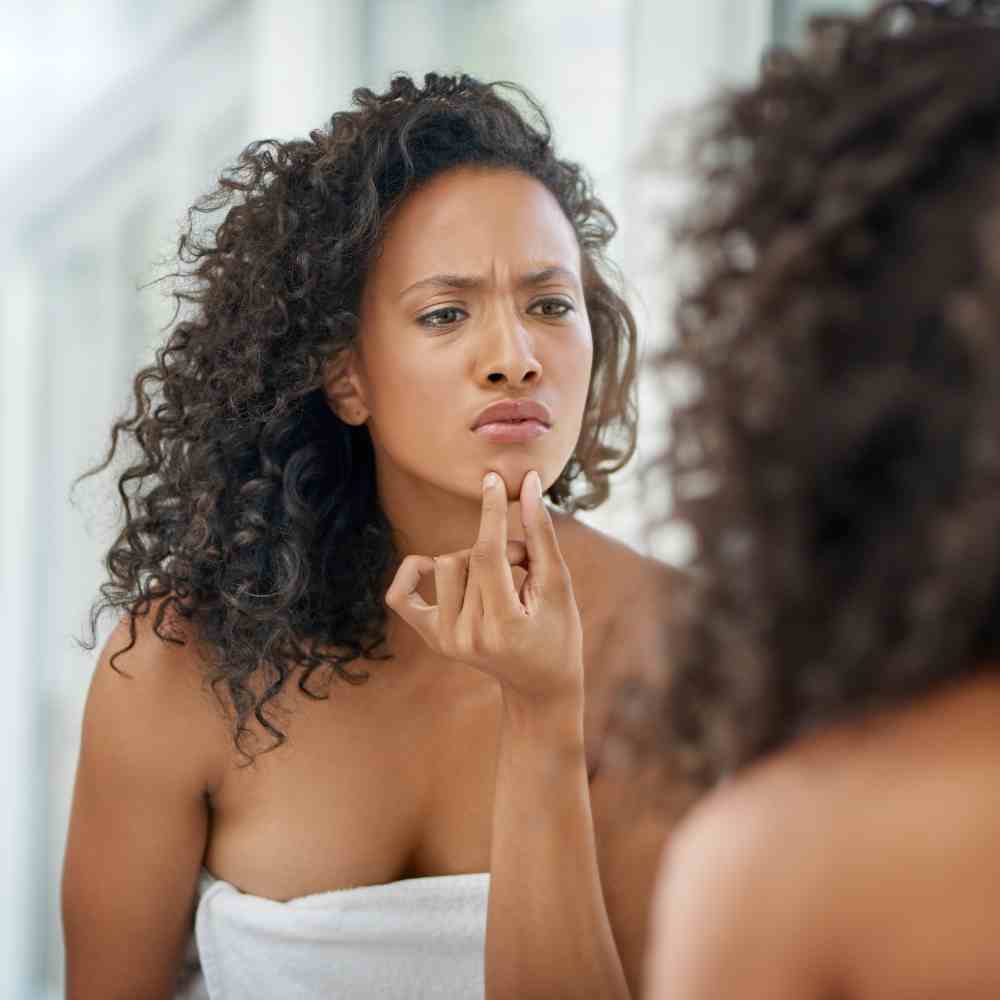
Skincare Allies to the Rescue
Fear not, dear pollen warriors, because we have some trusty skincare allies ready to fight those breakout battles with you.
Salicylic acid is like the secret weapon that dives deep into your pores, busting all the gunk and debris and exfoliates skin. Then there is benzoyl peroxide, which kills acne causing bacteria.
And don't forget about tea tree oil—the soothing sidekick that calms those angry breakouts. It's like having a superhero squad for your skin!
The Spring Skincare Shuffle
As the seasons change, so should your skincare routine. Swap out those heavy moisturizers for lighter, non-comedogenic ones that won't suffocate your sensitive skin during allergy season while still keeping skin hydrated.
It's like doing a skincare wardrobe swap, getting your face ready for the springtime bloom!
Pillowcase Makeover
Your bed might be a cozy sanctuary, but it could also be harboring pollen particles that lead to breakouts.
Give your pillowcases a makeover by swapping them regularly, ensuring a clean and clear surface for your precious face to rest upon without causing an allergic reaction. This is especially true in the summer when you are more inclined to sweat in your sleep.
When to Call in the Reinforcements
Sometimes, despite all the skincare allies on our side, those stubborn breakouts just won't take a hint. That's when it's time to call in the big guns to treat allergy related acne breakouts - that's right, a dermatologist!
They're like the skincare generals, armed with knowledge and expertise to strategize the best plan of attack against those relentless pimples.
Who knows, they may find additional culprits causing your acne, such as hormones, stress, medications, or even food allergies!
They will likely recommend a skincare routine designed for your skin type including a pore cleanser, a non-comedogenic moisturizer for preventing dry skin and a spot treatment that includes ingredients such as salicylic acid and benzoyl peroxide.
They may also prescribe something stronger such as a retinoid or even an oral medication to tackle your acne faster.
Pollen Particles & Pimples
So, can seasonal allergies worsen acne and cause skin breakouts? The answer is a resounding "Yes!" Those sneaky pollen particles can lead to inflammation, clogged pores, and an unwelcome dance with acne-causing bacteria.
But fear not for your skin health, my fellow pollen warriors! Armed with the right skincare allies and pollen protection protocol, you can win the battle against seasonal allergy breakouts.
Embrace the changing seasons with confidence, and remember—clear, glowing skin is just a few pollen-free steps away! So, here's to conquering those surprise pimples and showing Mother Nature who's boss!



